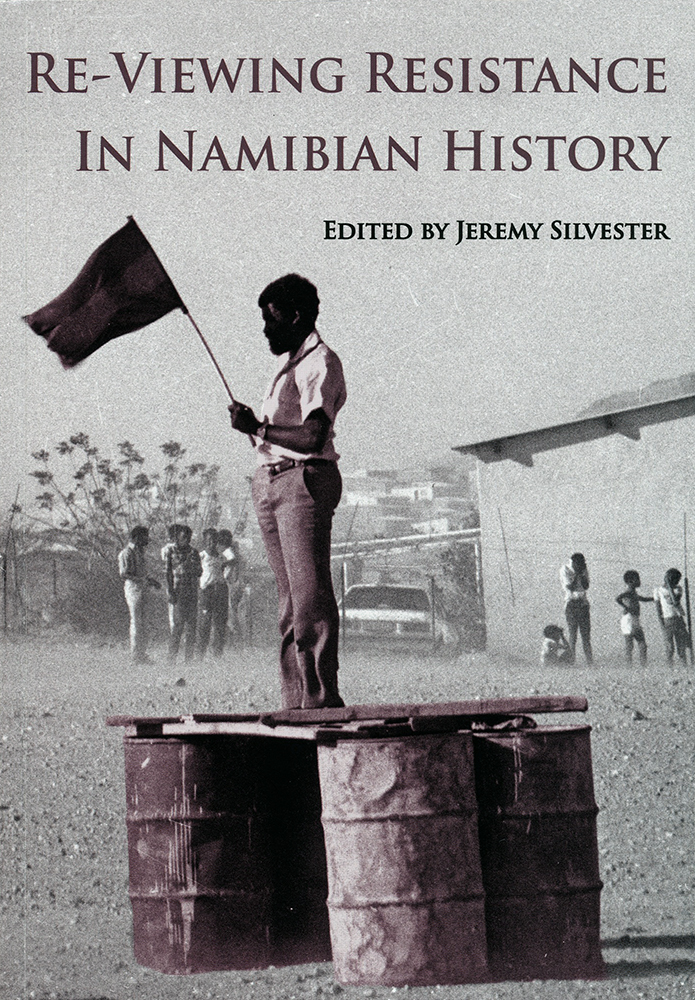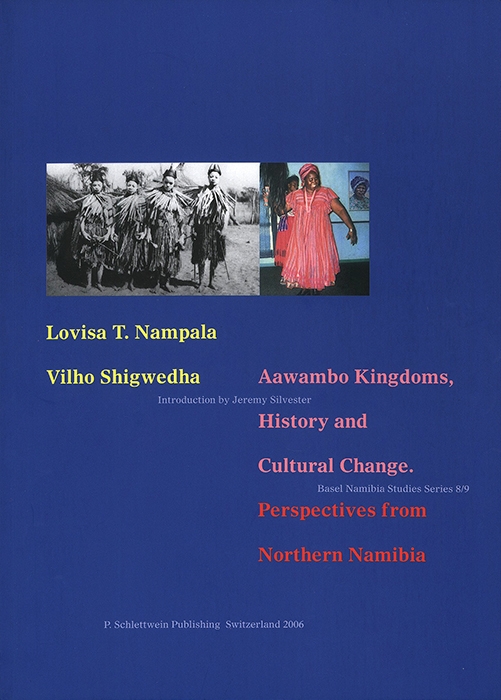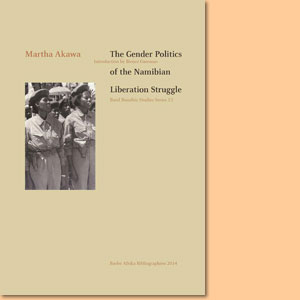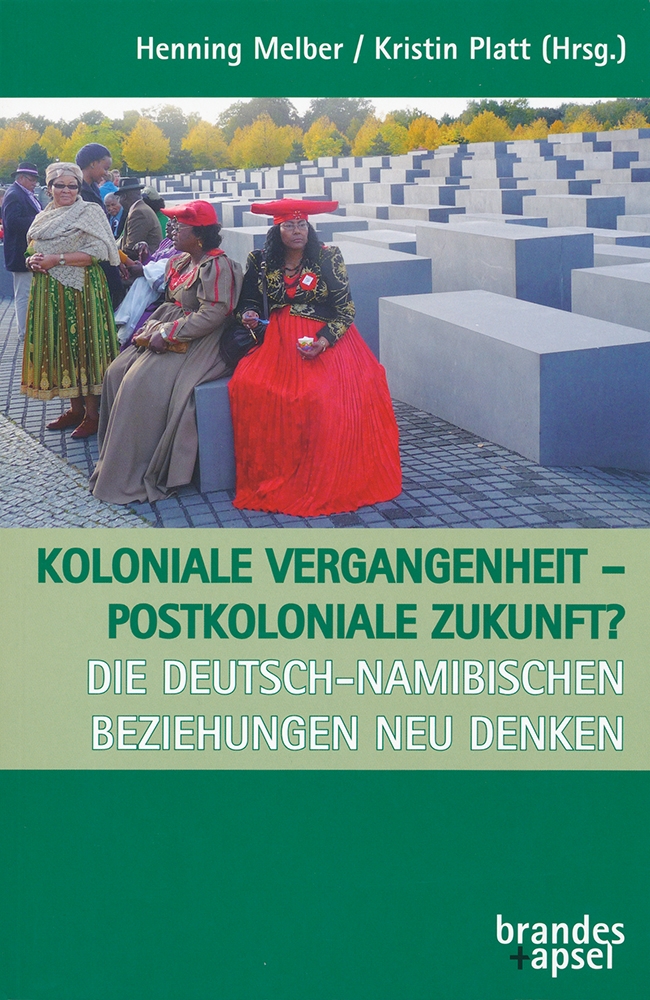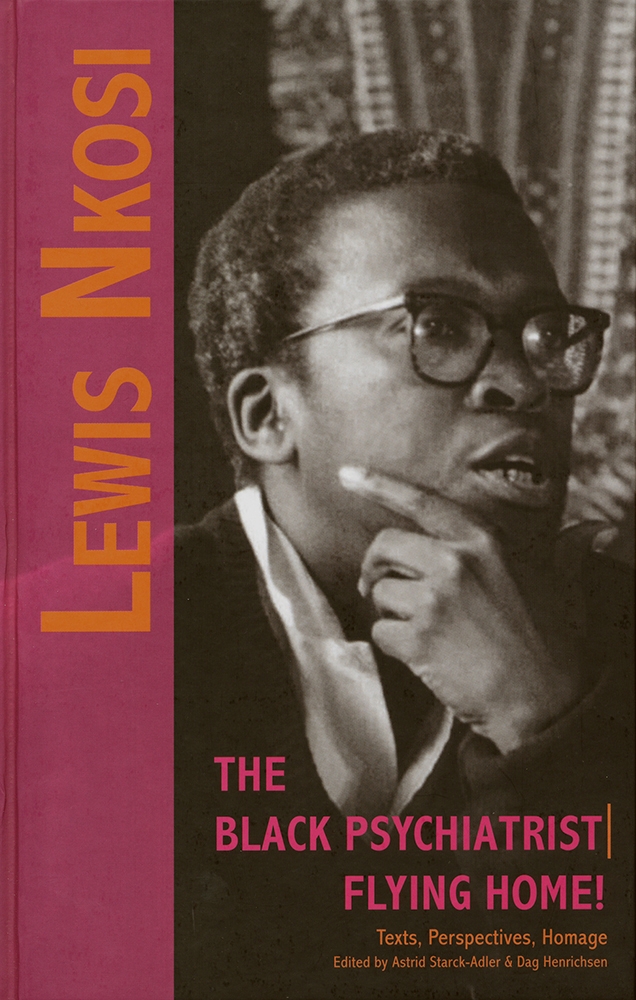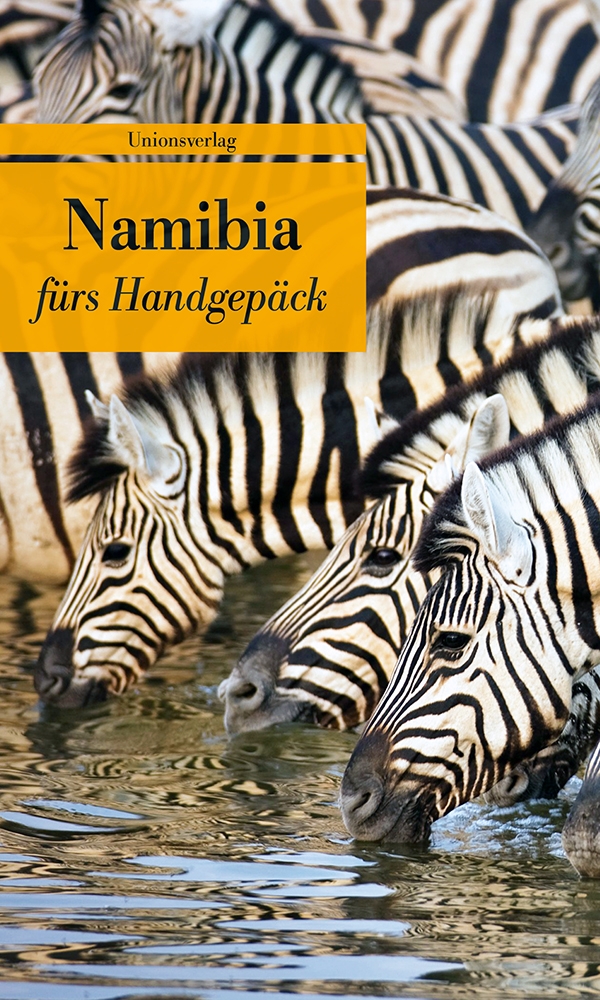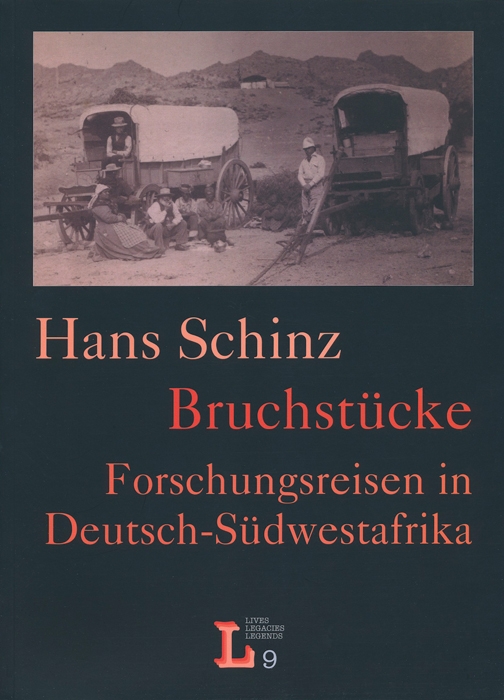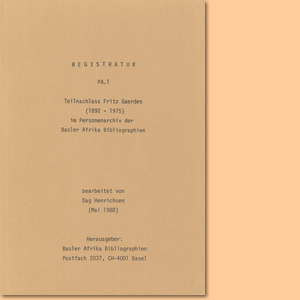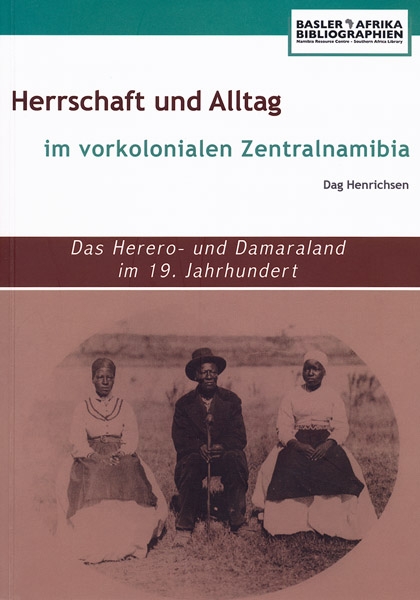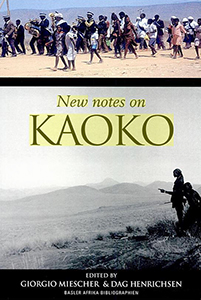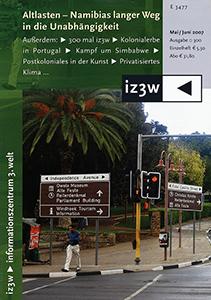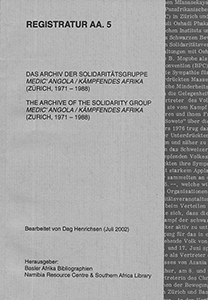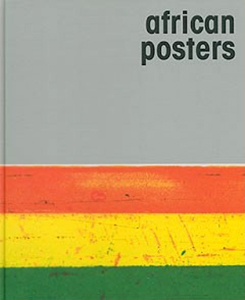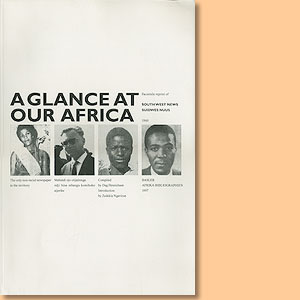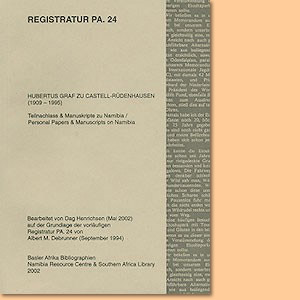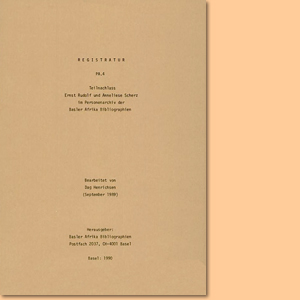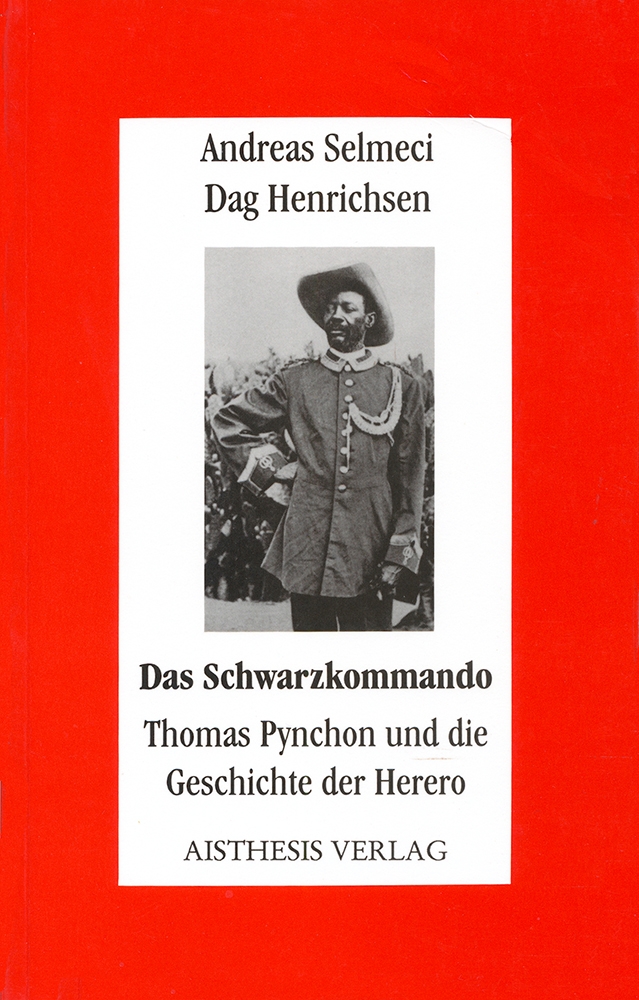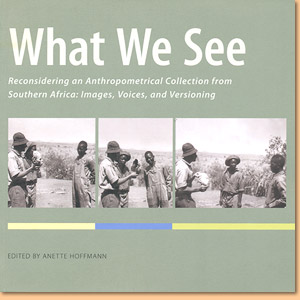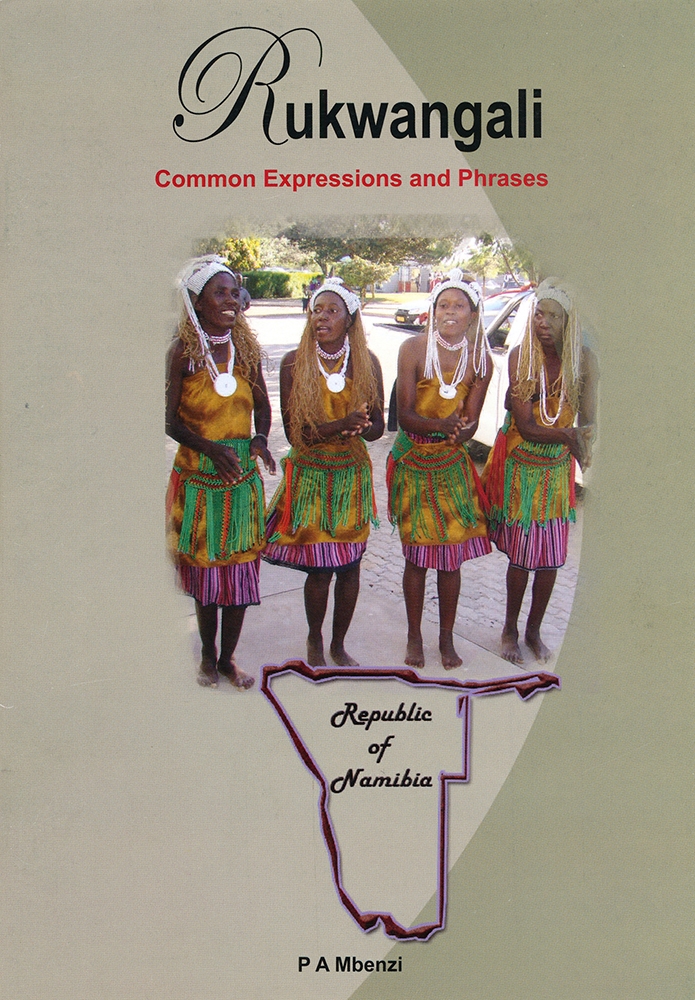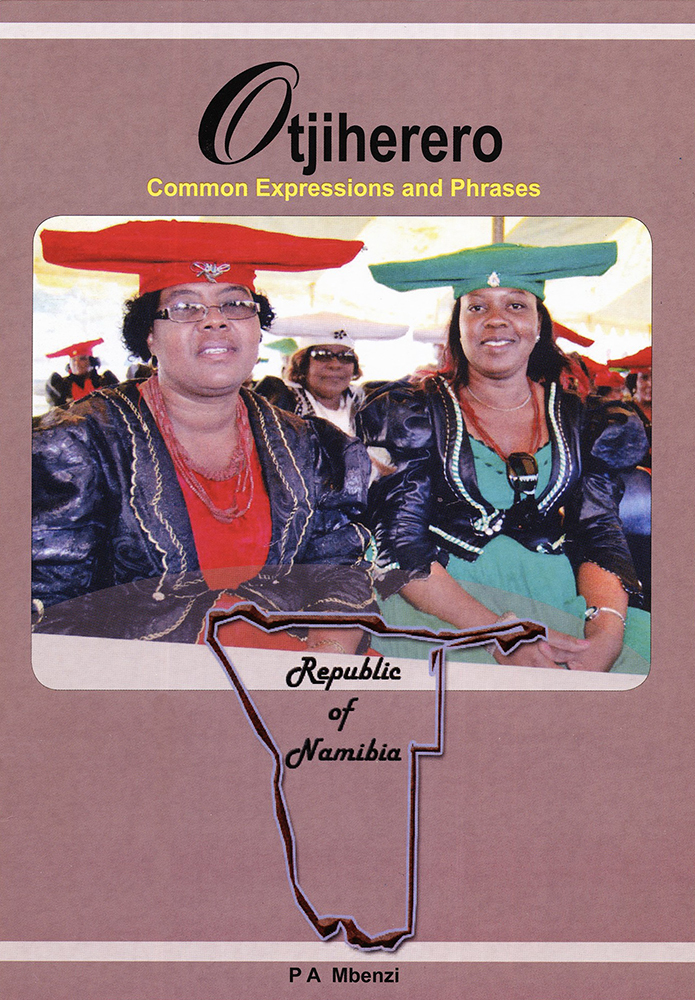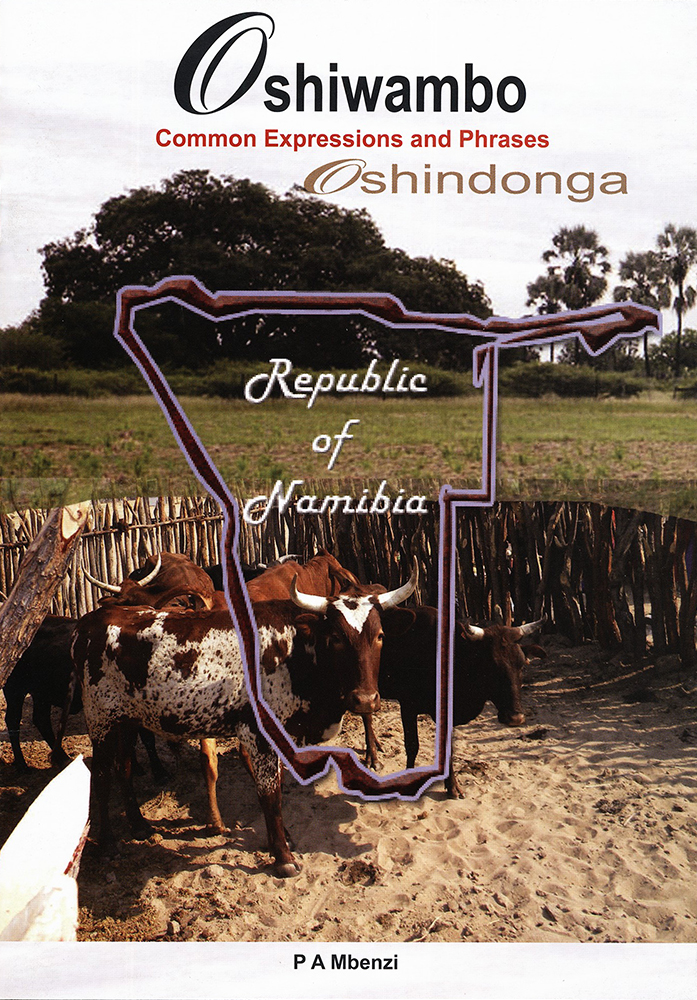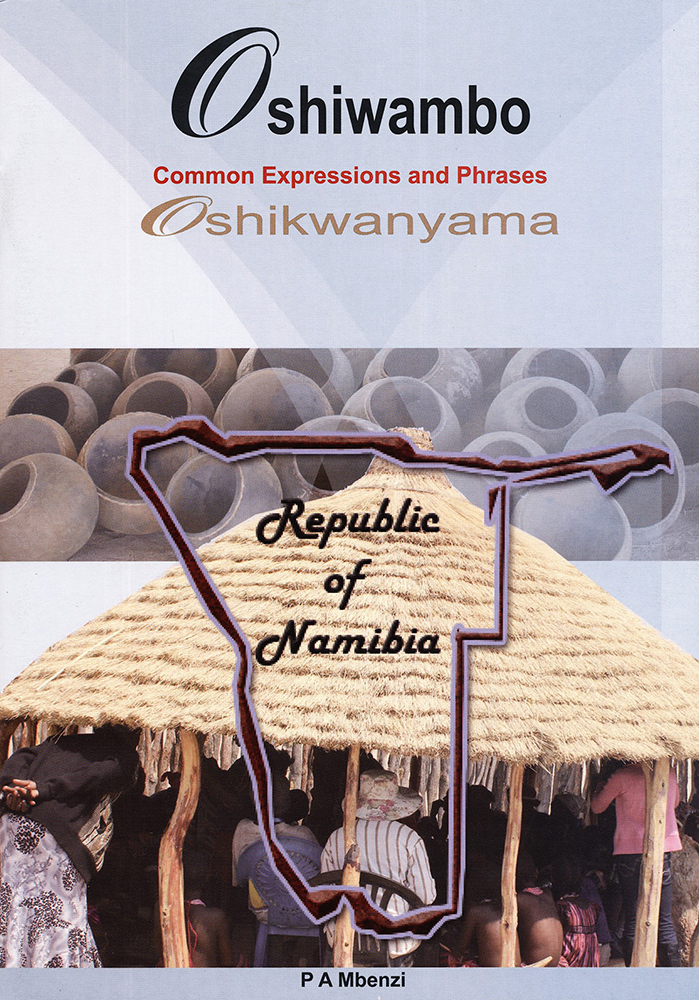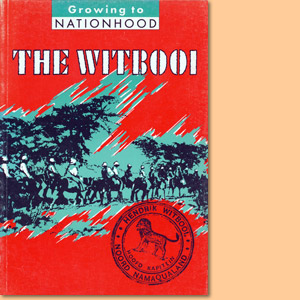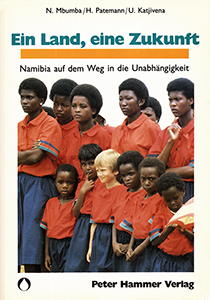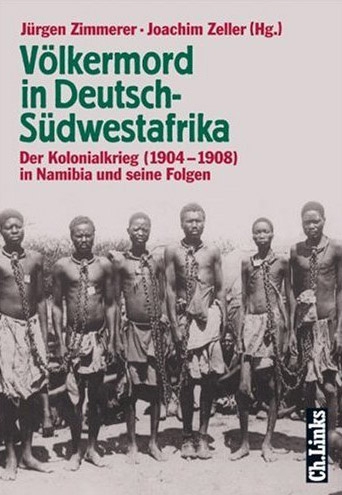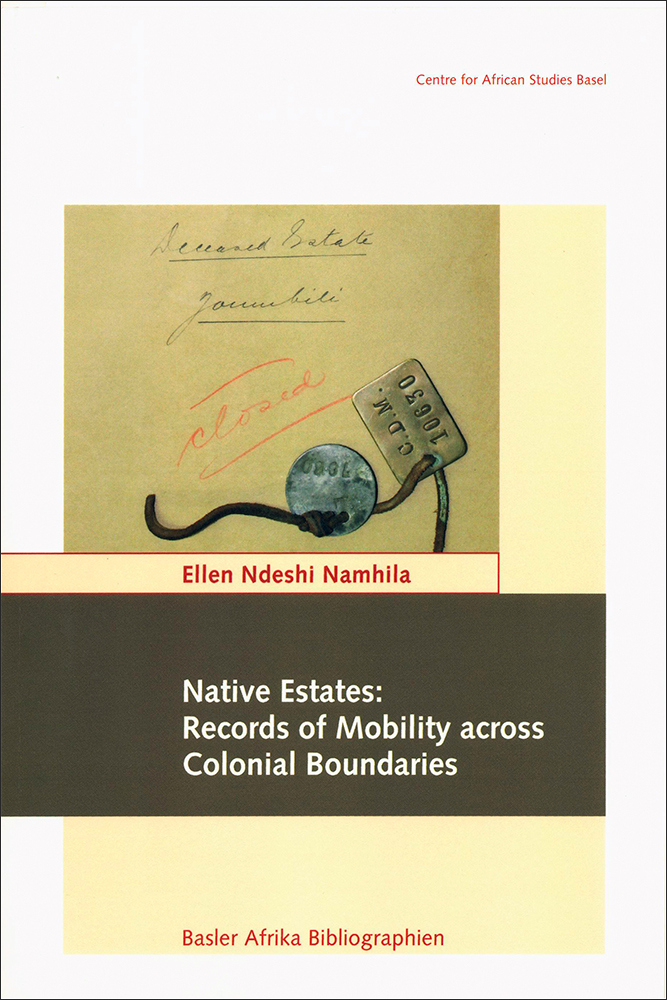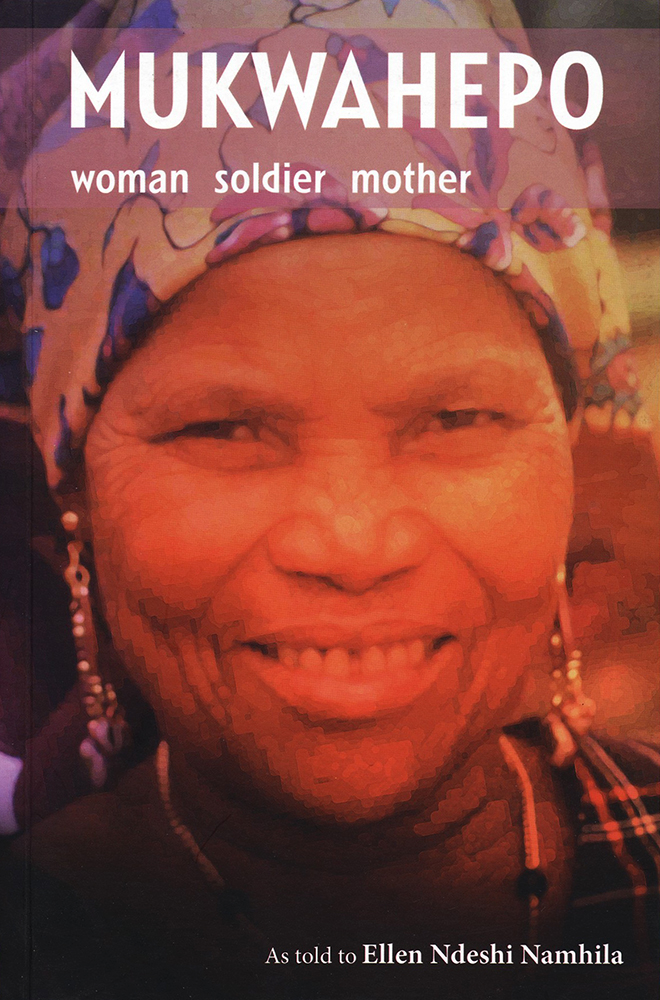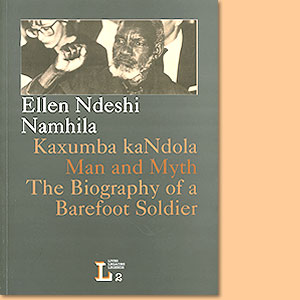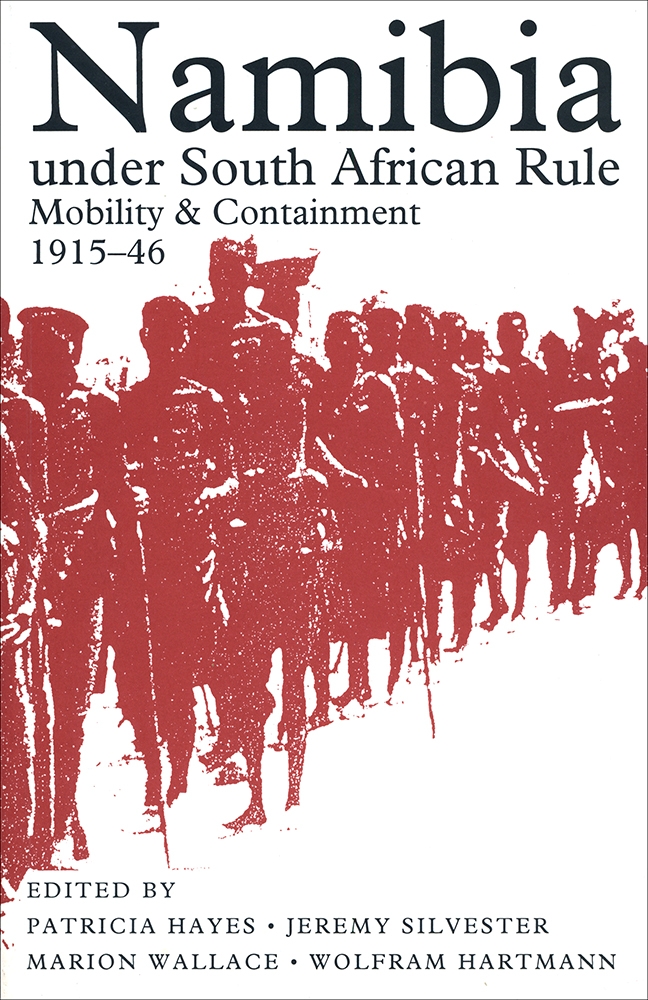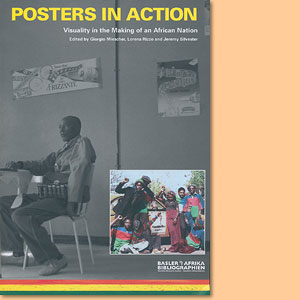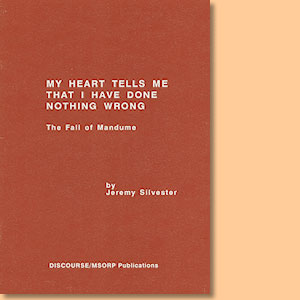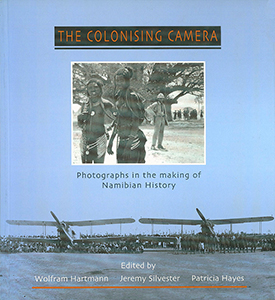Re-Viewing Resistance in Namibian History, by Jeremy Silvester et al.
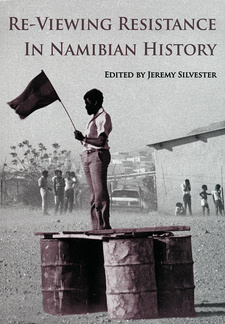
Re-Viewing Resistance in Namibian History, by Jeremy Silvester et al. University of Namibia Press. Windhoek, Namibia 2015. ISBN 9789991642277 / ISBN 978-99916-42-27-7
For a long time now, so Jeremy Silvester believes, Namibia's history was told from the victor's angle. With this in mind, 18 people, educationists, historians, politicians, and many others tried to redesign Namibia's history 'from the eyes and the ears of the victims'. Titled 'Reviewing Resistance in Namibian History', this is the result.
Dag Henrichsen Anette Hoffmann Werner Hillebrecht Martha Akawa André du Pisani Petrus Angula Mbenzi
The Caprivi African National Union (CANU) 1962-1964: Forms of Resistance, by Bennett Kangumu Kangumu
The history of the Caprivi African National Union (CANU) is barely covered in Namibian historiography dealing with the liberation struggle. However, in this chapter I am not interested in presenting a historical narrative of the rise and fall of CANU, and thus to mistakenly assume a simple linearity of events regarding the history of the movement will also not discuss the relationship between CANU and the South West Africa People's Organisation (SWAPO) in exile and the subsequent 'merger' of the two liberation movements. The main focus will be to examine why the administration enforced a harsh clampdown on CANU activities and activists, forcing many into exile and preventing the movement from operating freely within Caprivi, beyond its official launch and its first meeting. Symptomatic of the suppression was the fact that Brendan Simbwaye, CANU's first president, was arrested and banished from Caprivi altogether, and disappeared after several years whilst in the hands of the authorities. The chapter will, therefore, investigate CANU's political activities and strategies between 1962 and 1964, the period when it was accused of 'undermining' the administration. The Native Commissioner for the Eastern Caprivi Strip at the time criticised the activities of 'certain young men of CANU who, as you know, have been creating trouble here, doing and saying things to try and poison the minds of the people against the government.' What was CANU 'doing and saying' that 'poisoned' people's minds? John Leif Fosse has described CANU's campaign as 'peaceful but successful' and argued that it proved difficult for the authorities to handle. The scope of the chapter will be limited to examining four aspects of the political activities in which CANU played a role to influence public opinion against the authorities:
1. participation in the Odendaal Commission's public hearings;
2. campaigning on the issue of cattle sales in Caprivi;
3. interventions in public debates on the education system; and
4. debating the functions of traditional authorities.
But before discussing these actions, a brief historical background of Caprivi will be provided to help put these issues into perspective. The space that would become 'The Caprivi' was inhabited by subsistence farming communities since time immemorial, who lived sparsely scattered under decentralised forms of governance or tribal administration. During the reign of Ngombala (1725-1775), the sixth ruler in the oral genealogy of the Lozi Kingdom, the Lozi established supremacy over these communities. This was followed, from 1838, by a period of occupation by the Makololo of Sibitwane and then, after 1864, the region fell under Lozi rule again. It was the Anglo-German Treaty of 1 July 1890 that created the Caprivi Strip (Zipfel), and made it part of German South West Africa. However, it took Germany about 18 years before they actually established an operational administration in the Caprivi Strip, and during this time it is alleged that the territory turned into a haven for criminals and poachers (Maria Fisch, 1999 p. 12). In 1909 Germany established a post at a place they called Schuckmannsburg, from where they administered the territory. This was short-lived for the outbreak of World War I intervened, and the Germans surrendered to the Allied Forces without firing a shot at the Allied Forces, making the capture of Caprivi one of the first victories of the Allied Forces in the war. [...]
This is an excerpt from Re-Viewing Resistance in Namibian History, by Jeremy Silvester et al.
Title: Re-viewing Resistance in Namibian History
Editor: Jeremy Silvester
Authors: see content
Genre: History
Publisher: University of Namibia Press
Windhoek, Namibia 2015
ISBN 9789991642277 / ISBN 978-99916-42-27-7
Softcover, 17 x 24 cm, 328 pages, some b/w photos
Silvester, Jeremy und Namhila, Ellen Ndeshi und Hillebrecht, Werner und Shiremo, Shampapi und Mbenzi, Petrus Angula und Hoffmann, Anette und Likuwa, Kletus Muhena und Henrichsen, Dag und Kangumu Kangumu, Bennett und Nambadi, Aaron und Mashuna, Timoteus und Akawa, Martha und Nampala, Lovisa im Namibiana-Buchangebot
Re-Viewing Resistance in Namibian History
Re-Viewing Resistance in Namibian History brings together the output of experienced academics and a new wave of Namibian historians.
Aawambo Kingdoms, History and Cultural Change
In 'Aawambo Kingdoms, History and Cultural Change: Perspectives from Northern Namibia', two Namibian scholars analyse aspects of the history of the Aawambo kingdoms in northern Namibia.
The gender politics of the Namibian liberation struggle
The study The gender politics of the Namibian liberation struggle introduces women’s contributions against apartheid and their personal experiences.
Koloniale Vergangenheit – Postkoloniale Zukunft? Die deutsch-namibischen Beziehungen neu denken
Koloniale Vergangenheit – Postkoloniale Zukunft? Die deutsch-namibischen Beziehungen neu denken. Beiträge zur Komplexität von Erinnerungskultur, Verantwortungsübernahme und gesellschaftlichen Ungleichheiten.
Lewis Nkosi. The Black Psychiatrist / Flying Home
Lewis Nkosi: The Black Psychiatrist / Flying Home is dedicated to the astounding South African writer and literary critic Lewis Nkosi (1936–2010).
Namibia fürs Handgepäck
Südafrika fürs Handgepäck ist eine Sammlung von Auszügen aus Klassikern der südafrikanischen Literatur.
Bruchstücke. Forschungsreisen in Deutsch-Südwestafrika
Bruchstücke ist eine Sammlung von Briefen des Schweizer Hans Schinz von seinen Forschungsreisen in Deutsch-Südwestafrika.
Teilnachlass Fritz Gaerdes (1892-1975) im Personenarchiv der Basler Afrika Bibliographien
Der Teilnachlass von Fritz Gaerdes ist unter der Registratur PA1 bei den Basler Afrika Bibliographien geordnet.
Herrschaft und Alltag im vorkolonialen Zentralnamibia. Das Herero- und Damaraland im 19. Jahrhundert
Herrschaft und Alltag im vorkolonialen Zentralnamibia. Ein Studie über die Geschichte des Herero- und Damaraland im 19. Jahrhundert.
New Notes on Kaoko
'New Notes on Kaoko' questions the myth of Kaoko, an image of the region as isolated and exotic, through written texts and also through an examination of photographs.
Altlasten. Namibias langer Weg in die Unabhängigkeit
Die 300. Ausgabe mit einem hochinteressanten Namibia-Themenschwerpunkt über die politischen Altlasten und Namibias Weg in die Unabhängigkeit.
Das Archiv der Solidaritätsgruppe Medic' Angola / kämpfendes afrika
Einer Erschliessung der umfangreichen Archivsammlung der Basler Afrika Bibliographien der 1988 aufgelösten "Solidaritätsgruppe Medic' Angola / kämpfendes afrika".
African posters. A catalogue of the poster collection in the Basler Afrika Bibliographien
The catalogue of African posters collection is one of several special collections in the Basler Afrika Bibliographien.
Hubertus Graf zu Castell-Rüdenhausen 1909–1995
Dies ist die Registratur PA.24 des Teilnachlasses und der in Namibia verfertigten Manuskripte von Hubertus Graf zu Castell-Rüdenhausen 1909–1995.
Teilnachlaß Ernst Rudolf und Anneliese Scherz
Der Teilnachlaß Ernst Rudolf Scherz und Anneliese Scherz befindet sich im Personenarchiv der Basler Afrika Bibliographien.
Das Schwarzkommando. Thomas Pynchon und die Geschichte der Herero
Das Schwarzkommando. Thomas Pynchon und die Geschichte der Herero. Eine Studie über Pynchons Romanbezug auf ein Geschichtsbild der Herero.
What We See. Reconsidering an Anthropometrical Collection from Southern Africa: Images, Voices, and Versioning
Accompanies the exhibition “What we See”, engages with the anthropometrical archive and essays reconsider anthropometric collections.
Rukwangali: Common Expressions and Phrases
Rukwangali-English: Common Expressions and Phrases, a long overdue contribution.
Otjiherero: Common expressions and phrases
This phrasebook contains various expressions and survival phrases that you need when chatting to Otjiherero speakers in Namibia.
Oshindonga (Oshiwambo): Common expressions and phrases
Oshindonga is one of several Oshiwambo dialects in Namibia and Angola. This is a helpful booklet to common expressions and phrases.
Oshikwanyama (Oshiwambo): Common expressions and phrases
Introducing to common Oshiwambo expressions and phrases, this is a plain, yet very useful phrasebook to the dialect Oshikwanyama.
Namibische Gedenk- und Erinnerungsorte
Namibische Gedenk- und Erinnerungsorte: ein 'postkolonialer' Reisebegleiter in die deutsche Kolonialgeschichte.
The Witbooi
A new angle of perspective on the history of The Witbooi after Namibia had become independent.
Ein Land, eine Zukunft. Namibia auf dem Weg in die Unabhängigkeit
'Ein Land, eine Zukunft. Namibia auf dem Weg in die Unabhängigkeit' will mit zahlreichen Beiträgen über Ideologie und Praxis des Kolonialsystems in Namibia sowie über politische und gesellschaftliche Utopien und Alternativen informieren.
Völkermord in Deutsch-Südwestafrika
Die Beitragssammlung Völkermord in Deutsch-Südwestafrika stellt die Ansichten verschiedener Autoren zum Herero- und Namaaufstand in dar.
Native Estates: Records of Mobility across Colonial Boundaries
Native Estates: Records of Mobility across Colonial Boundaries discusses a substantial corpus of about 11 000 so-called "Native Estates" files which previously were not accessible through the existing finding aids.
Mukwahepo: Woman Soldier Mother
The memoirs of Mukwahepo as a woman, soldier and mother beeing trained militarily by SWAPO, who was then sent to care for young Namibians who had left the country in the mid-1970s.
Namibia under South African Rule
Namibia under South African Rule is about the clashes and stresses which resulted from the determined efforts at containment during 1915-1946.
Posters in Action. Visuality in the Making of an African Nation
Posters in Action is a rich illustrated volume on the making of an African Nation and analyses and documents historically the impact of posters on Namibia.
My heart tells me that I have done nothing wrong. The fall of Mandume
My heart tells me is the story of chief Mandume and his fall under the grip of the colonial powers.
The Colonising Camera
The Colonising Camera is a pioneering work on photography and the historiographs of Namibia with excellently reproduced photographs.

